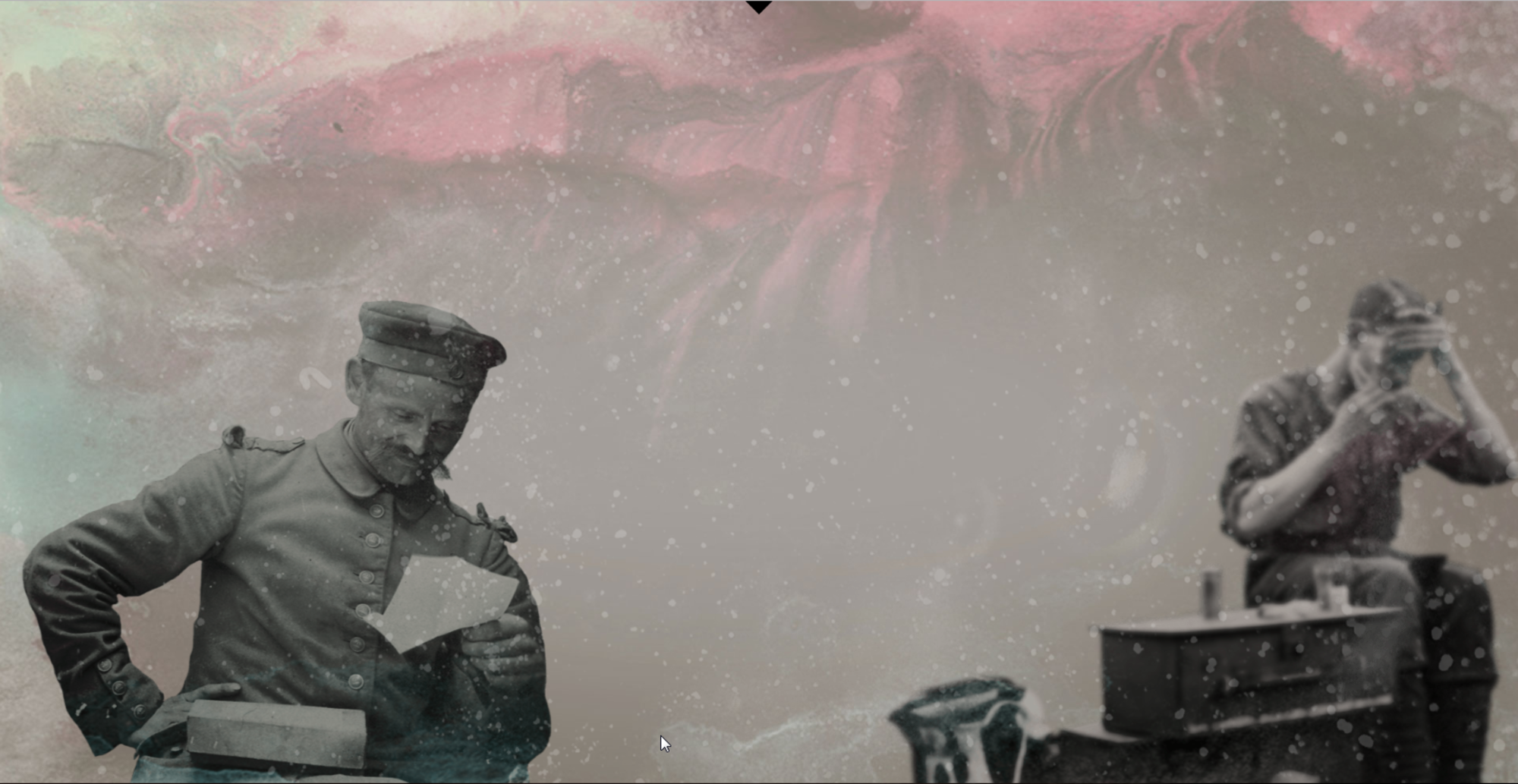
- Home
- Day-to-day life
- Feeding the troops
The scale of land usage and occupation made necessary by a long war of attrition has left us with an exceptionally large corpus of archaeological data, providing evidence of the day-to-day lives of the soldiers in the context of their immediate surroundings, particularly in regard to food. Discoveries of food-related packaging and waste constitute an exceptionally rich source of information.
The use of tinned food, a nineteenth-century invention, took off on a large scale during the Great War. The soldiers may have preferred fresh produce, but tinned food was better suited to the constraints of life at the front, allowing troops to manage their own nutrition individually as time permitted, and with minimal preparation. The contents of these tins corresponded to the basic foodstuffs: meat, fish, fruit and vegetables.
On the front line rations often consisted of cold foodstuffs, and it was strictly forbidden to light a fire to heat them. It was only towards the end of the war that the use of solid alcohol fuel became widespread.
Glass was also very widespread, used primarily to hold liquids and thus supplementing the metal flask carried by all soldiers. Drinking water was very rare on the battlefields, and a steady supply was essential to the survival of the troops. The Germans set up small mineral water bottling plants near the front. The consumption of alcohol (wine, beer, spirits) is systematically attested in military quarters by the presence of glass bottles of various sizes.
Associated media
Open Media Library

Various objects

Cans of food and provisions from Great War

Bottles dating from the Great War.

French soldiers break bread on the front line

Group of German officers and NCOs on the Argonne front

